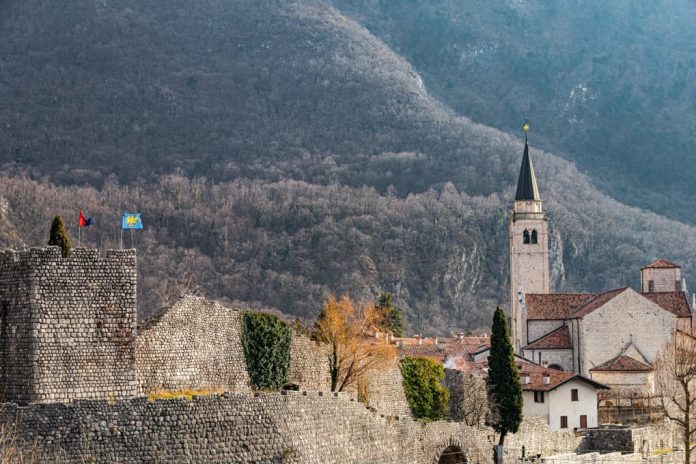by InTrieste
The Friuli Venezia Giulia region has announced a significant initiative to restore and preserve its cultural heritage, dedicating €915,000 to the recovery of frescoes, votive shrines, and wayside chapels. This initiative aims to support local communities, preserve historical identity, and enhance the region’s appeal to residents and visitors alike.

A total of €240,000 has been allocated to 23 municipalities, each receiving €14,000, for the restoration of votive chapels and shrines—iconic elements of the rural landscape. An additional €675,000 has been designated for 27 municipalities to restore frescoes, with €25,000 allocated to each.
The program, titled “Frescoes and Chapels,” focuses on preserving artistic and architectural landmarks found in villages and rural areas, which play a key role in the region’s identity. These efforts aim to make these cultural assets accessible to the public while fostering appreciation for local traditions and craftsmanship.
“This initiative restores value to meaningful works, making them enjoyable once again for all who pass by,” said Mario Anzil, Vice President and Regional Councillor for Culture. Anzil emphasized the project’s importance in supporting local communities, preserving memory, and encouraging future generations to engage with their cultural heritage.
The funding also includes provisions for municipalities to create local grants that will enable private citizens to contribute to the restoration of these cultural assets. To streamline the process, regional offices have prepared standardized templates for grant applications.
Local leaders, including Andrea Pessina, Director of the Regional Secretariat of the Ministry of Culture for Friuli Venezia Giulia, joined Anzil at the initiative’s unveiling in Udine. Officials highlighted the project’s role in revitalizing rural areas while promoting tourism, walking trails, and local traditions.
This funding initiative is unique in Italy, marking Friuli Venezia Giulia as a leader in cultural preservation. It also provides a boost to the region’s restoration sector, which relies on highly skilled professionals.
The project underscores the broader trend of increasing interest in preserving local heritage as communities seek to balance modernization with respect for history.





























